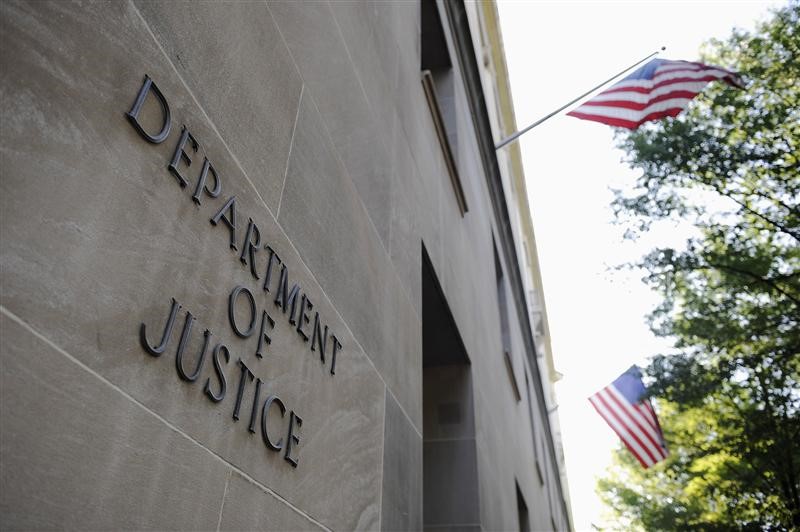Investing.com -- A futures trader was arrested in the United Kingdom on Tuesday in connection with a high-speed, manipulative scheme of equities markets allegedly responsible for creating the "Flash Crash," of May, 2010.
Navinder Singh Sarao, 36, was charged with U.S. wire fraud, commodities fraud and market manipulation after a February indictment in the Northern District of Illinois was unsealed on Tuesday.
Sarao allegedly executed a scheme known as "dynamic layering," which occurs when a trader places multiple phony orders to buy or sell a product at different prices without any intention of executing them. The actions are undertaken to deceive other market participants by sending false pricing signals to create artificial price movements within the market. Within nanoseconds of placing the trade, the unscrupulous traders exit their positions by canceling or changing the orders before they are completed.
When prices fell as a result of Sarao's manipulative activity, he allegedly sold futures contracts before buying them back at lower price, the U.S. Department of Justice said in a statement.
Sarao allegedly began to manipulate E-Mini S&P 500 futures contract on the Chicago Mercantile Exchange (CME) as early as June, 2009 and continued to engage in the illegal trades through April, 2014, according to a criminal complaint unsealed Tuesday.
During the six-year span, Sarao allegedly made $40 million, including $8.9 million in a period of no more than 20 trading days.
On May 6, 2010, the Dow Jones Industrial Average was already down by 300 points, when it plunged an additional 600 points within a five-minute span from 1:42 until 1:47p.m. At that point, the sell-side depth for S&P E-Minis was approximately twice as large as its buy-side counterpart. At 1:40, Sarao allegedly modified more than 20 million lots or standardized contracts, while the rest of the market altered 19 million lots combined.
When the CME became aware of the discrepancy, it reportedly halted trading for a period of five seconds in an effort to normalize trading. While most stocks had recovered to their normal level by 2:00 p.m., Sarao allegedly made more than $876,820 in profits on the session. Sarao also possessed "20 to 29%," of the CME's E-mini sell-side orders from 11:17 a.m. to 1:40 p.m. on the day of the crash, according to the complaint.
The multinational investigation was conducted by the FBI's Chicago Division, in conjunction with the Commodities Futures Trading Commission's Division of Enforcement and the United Kingdom's Financial Conduct Authority (FCA), among others.
“Protecting the integrity and stability of the U.S. futures markets is critical to ensuring a properly functioning financial system," CFTC Director of Enforcement Aitan Goelman said in a statement. "Today’s actions make clear that the CFTC, working with its partners on the criminal side, will find and prosecute manipulators of U.S. futures markets wherever they may be.”
When asked by the FCA last May to explain his success with the trading strategy, Sarao claimed "he was an old school point and click trader" who had "always been good with his reflexes and doing things quick."
"The investigation also revealed that Sarao misrepresented and lied about his use of computer automation to effectuate the split-second modification and cancellation of orders that facilitated his market manipulation," FBI special agent Gregory LaBerta said in the criminal complaint.
U.S. federal authorities are requesting Sarao's extradition from the United Kingdom.
